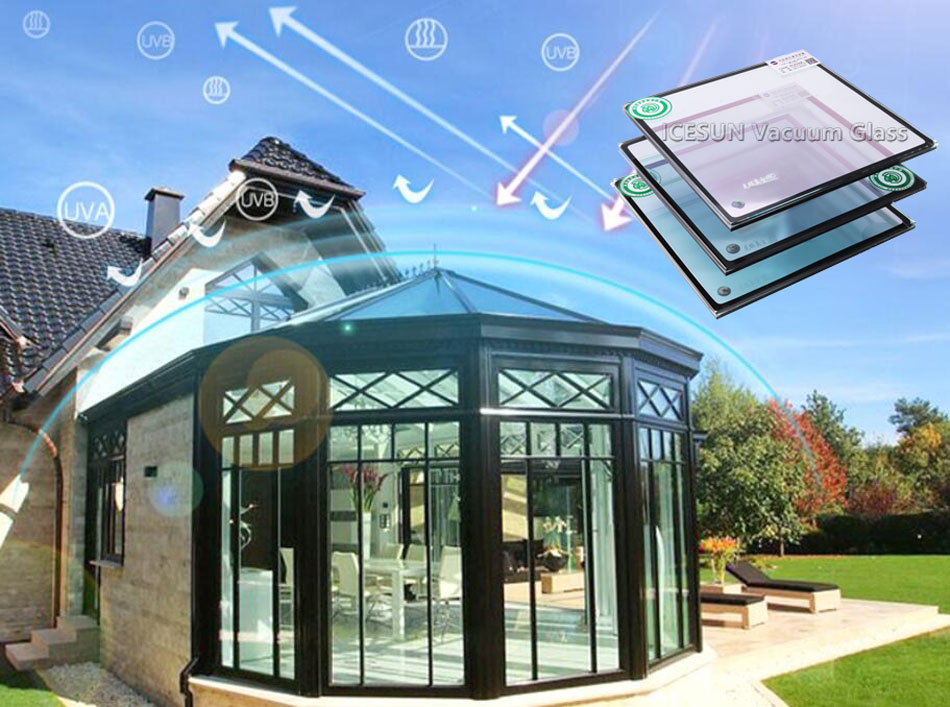Transition surface (synonym: machined surface) - The part of the surface on the workpiece formed by the cutting edge, which will be cut at the next turn, the next turn of the tool or workpiece, or cut by the next cutting edge.
Front (Synonym: rake face) - The surface on which the chip flows on the tool. It acts directly on the metal layer being cut and controls the blade surface along which the chip is ejected.
Back (Synonym: flank) - The surface opposite to the surface created in the work on the workpiece.
Main back (synonym: main flank) ---- The cutter is intersected with the front to form the back of the main cutting edge. It faces the transition surface.
Deputy back (Synonym: Vice flank) ---- The tool intersects with the front to form the back cutting edge. It faces the machined surface.
The primary cutting edge begins at the point where the primary declination angle is zero on the cutting edge and at least one cutting edge is intended to cut the entire length of the transition surface on the workpiece.
Secondary cutting edge—The edge of the cutting edge other than the main cutting edge also starts at the point where the primary declination angle is zero on the cutting edge, but it extends away from the main cutting edge.
2. Tool angle reference system
Cutting plane ---- The plane through which the selected point of the cutting edge is tangential to the cutting edge and is perpendicular to the base plane.
The main cutting plane Ps ---- through the cutting edge selected point tangent to the main cutting edge and perpendicular to the plane of the base surface. It cuts on the transition surface, that is to say it is the cutting speed and the tangent of the cutting edge of the plane.
Sub-cutting plane ---- the plane through which the selected point of the cutting edge is tangential to the sub-cutting edge and is perpendicular to the base surface.
Base surface Pt—The plane through which the selected point of the cutting edge is perpendicular to the direction of the composite cutting speed. In the stationary reference system of the tool, it is the plane passing through the selected point of the cutting edge, parallel or perpendicular to the tool in manufacturing, sharpening A plane or axis suitable for installation or positioning when measuring, generally speaking, should be oriented perpendicular to the assumed main direction of motion.
Assume that the working plane ---- in the tool stationary reference system, it is the selected point across the cutting edge and perpendicular to the base surface, parallel or perpendicular to the tool in the manufacturing, sharpening and measurement is suitable for installation or positioning of a plane or The axis, in general, is oriented parallel to the assumed main direction of motion.
The normal plane Pn ---- the point selected by the cutting edge and perpendicular to the plane of the cutting edge.
3. Tool angle
Front angle ---- the angle between the front and the base surface.
Back angle ---- the angle between the back and the cutting plane.
Wedge angle ---- the angle between front and back.
Lead angle - the angle between the main cutting plane and the hypothetical work plane, measured in the base plane.
Deflection angle - the angle between the secondary cutting plane and the hypothetical working plane, measured in the base plane.
Tool nose angle ---- the angle between the main cutting plane and the sub-cutting plane, measured in the base plane.
Inclination angle - The angle between the main cutting edge and the base surface, measured in the main cutting plane.
ICESUN vacuum glass can adjust the transmittance of ultraviolet and infrared rays, and the lowest can be reduced to zero. This kind of anti-radiation vacuum glass can protect eyes from ultraviolet and infrared rays. Electrostatic shielding tempered vacuum glass can convert electromagnetic wave absorption into heat energy, block it outdoors and protect the healthy growth of fetus. Moreover, the vacuum degree between the glasses is 10-4 Pa, so the thermal convection no longer exists, the heat conduction is reduced to the limit, and the Low-E layer reflects more than 95% of the infrared radiation. Therefore, the heat between the inner and outer glass plates cannot be exchanged, achieving excellent thermal insulation effect. Besides, ICESUN Vacuum Glass LTD. has also produced other Vacuum Glass For Buildings with high quality and good performance on energy saving aspect, like tempered vacuum glass, Photochromic Vacuum Glass , Anti-condensation Vacuum Glass, Low Temperature Welding Vacuum Glass and so on.

Anti-Radiation Vacuum Glass,Infrared Rays Proof Vacuum Glass,Ultraviolet Rays Proof Vacuum Glass,Anti-Radition Vacuum Glass For Windows
ICESUN VACUUM GLASS LTD. , https://www.icesunvacuumglass.com